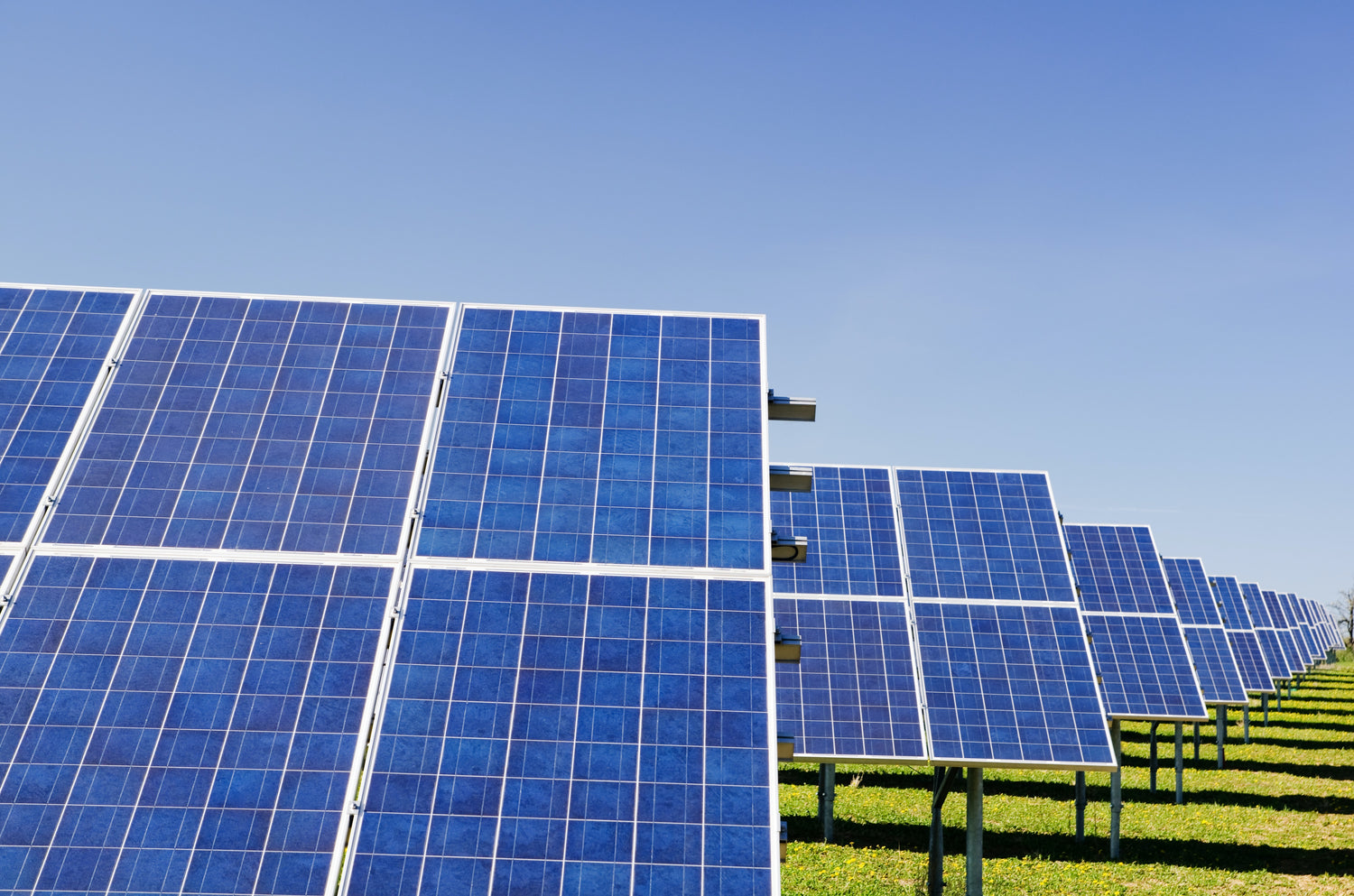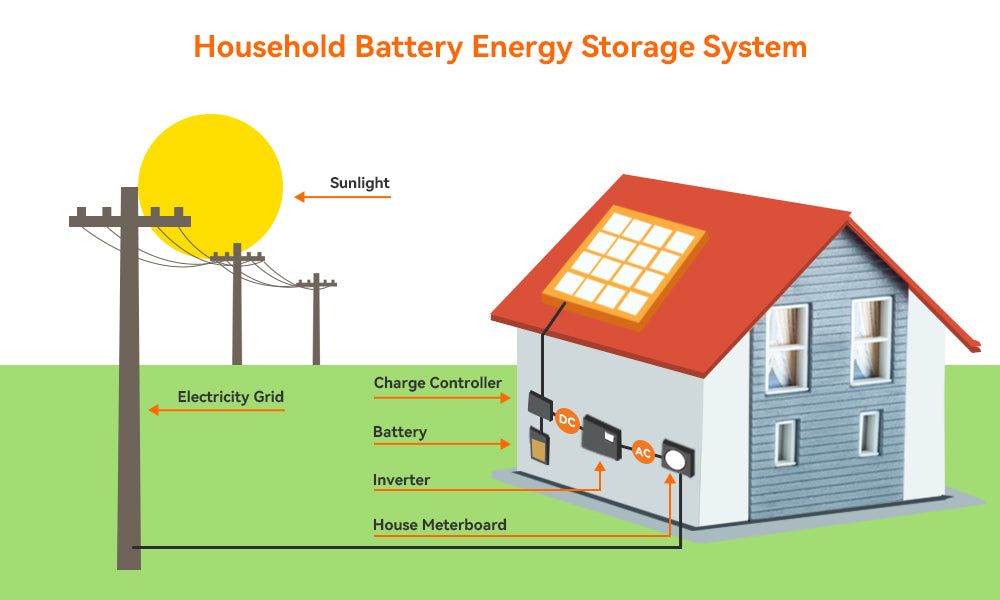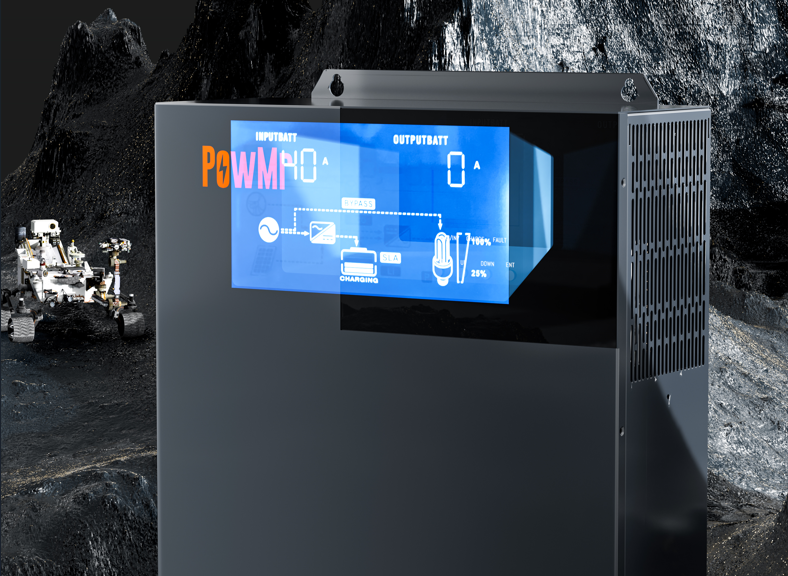More and more homes are choosing to install solar energy these days. While installing a solar system for your home should be considered an investment, the upfront cost can feel a little expensive for some homeowners. Not only does the solar equipment itself seem quite expensive, but many people are also concerned that installation fees and other associated costs can add up quickly.
To help you understand the actual cost of installing solar panels on an average-sized home, we'll take a look at how many solar panels are needed for a 1,500-square-foot home. From there, we'll explore the many factors that affect the cost of solar panels, as well as the total cost of an entire residential solar power system.
By reading this detailed guide, we hope you will realize that the cost of installing solar panels is much less than you might think.
Before you need to buy the solar panels, you must need to know that how much would solar panels cost for a 1,500 square foot house?
According to most estimates, the cost of installing solar panels on a 1,500 square foot house in the United States is between $8,000 and $25,000. Naturally, you may be wondering why there is such a large difference between the estimates. The truth is that the total cost of your solar system will depend on much more than just the square footage of your house.
The price of solar panels and other components varies widely. Everything from the amount of suitable space you actually have available on your roof to your specific electricity needs will determine the final cost of your solar system.
How Much You Need to Know the Price of Solar Panels:
To understand the differences in price estimates described above, it is important to review the elements that will affect the total cost of a particular solar energy system.
First, the size of the solar system you want will play an important role in determining the final cost of the system. Whether you are looking to purchase a small portable solar system for a camping trip or want a solar system for a 1,500 square foot home, the first question you need to ask yourself is, "How much power do I really need to generate and store to meet my electricity needs?"
Even if two houses are the same size, they may have completely different electricity needs. That's why it's important to accurately estimate the total amount of electricity needed to run your home. Before you start buying solar panels and other solar equipment, it's absolutely imperative that you estimate your total load power.
Solar panels come in a variety of sizes and power ratings. You can choose from handheld 5W panels, all the way up to 400W+ premium solar panels. As you might expect, the higher the power rating, which means the more efficient the solar panel is at converting sunlight into usable electricity, the more expensive it tends to be. As you can see, your specific power needs will affect the price of your solar system, not just the footprint of your home (in square feet).
Calculating Your Specific Power Needs:
Calculating the total load wattage for your specific home is actually quite simple. Essentially, you are just coming up with an estimate of how much electricity your house currently uses each day. While taking a look at your monthly electricity bills from the local utility company can be useful, you can also perform some simple calculations yourself.
This is important for estimating the total cost of your system because most solar equipment, including solar panels, are priced according to their power rating, meaning how much solar power they can actually generate in an hour. If you have lower power needs, your solar panels and all of the rest of your solar equipment will cost less than if you have higher power requirements.
To calculate your home’s specific power requirements, you can use a pen and paper, or a spreadsheet. You would then use the following four columns:
|
Name of Appliance |
Running Wattage |
Run Time Per Day (rounded up to the nearest hour) |
Total in Watts |
|
(Example) - Television |
100W |
5 hours |
500W |
You will need to fill in the information for every electronic device and appliance that draws power from your home. Once you have entered this information and totalled everything up, you will have a rough estimate of the solar power needed to satisfy your home’s daily electricity requirements.
For a more detailed explanation of how you can calculate the solar watt-hour requirements for your entire home, we recommend taking a look at our Ultimate Off-Grid Solar Watt Hour Calculator.
The Type of Solar Power System You Plan on Running:
One more variable that will affect the complete expense of your sun powered chargers is the sort of framework you anticipate running.
While setting up a private sun oriented power framework, you can pick between a matrix tied, a network tied in addition to capacity (half and half framework), or a completely off-lattice framework. The kind of sun based power framework you pick will extraordinarily influence the general expense.
* Matrix Tied Systems: Maintain admittance to the utility network, and that implies you can basically diminish the expenses of your power bill, while as yet approaching framework power when you really want it. These will quite often be more reasonable, as you don't have to give sufficient ability to supply your whole home with power consistently. You additionally don't have to put resources into an expensive sun powered battery bank framework to store the sun oriented power.
* Matrix Tied in addition to Storage: Operates the same way as network tied frameworks, yet with the expansion of a reinforcement battery bank. You can draw power from the lattice, feed power into the network for discounts, store ability to use whenever it might suit you, or supply capacity to your home straightforwardly. Normally, this will in general be more costly than severe framework tied frameworks, however they can in any case be reasonable.
* Off-Grid Systems: The sunlight based chargers and related gear should be equipped for meeting all of your power needs, as you don't approach the utility matrix. Contingent upon your particular power needs, you will require a huge scope and strong sunlight based charger exhibit, as well as a high-limit sun oriented battery bank that can store sufficient ability to meet your power needs. These will quite often be costly frameworks, yet they totally kill your need to pay a service organization for power.
As may be obvious, assuming you approach a utility matrix, you can bring down the general expenses of your sun powered chargers. This is on the grounds that you don't have to have a framework with a power rating sufficiently high to fulfill all of your power needs. An off-lattice framework will quite often cost more cash front and center, as you want to completely cover your power needs. Once more, the more power you want to create and store, the more sunlight based chargers you will require and the more effective/costly those boards should be.
Choosing Solar Panels and Other Pieces of Solar Equipment
When equipping your home with solar panels, you have several options. You can start by purchasing each piece of solar equipment separately, which gives you the flexibility to build a system that will meet your exact power needs, or you can purchase a ready-made solar panel kit, which will come with everything you need to generate and store a specific amount of solar electricity.
Solar Panel Kits:
Solar panel kits are an excellent option for those that are just starting out with solar power, as they offer the convenience of an all-in-one package. They come with solar panels, a charge controller, power inverter, deep cycle solar battery bank, and all of the solar cables and connectors you need to wire the system together. Best of all, these bundled packages tend to offer the equipment at a lower price than if you were to buy each component individually.
Our Solar Panel Kit Collection offers a variety of high-quality solar kits in a wide range of power ratings. Choose the kit that meets your power requirements and you can immediately start reaping the financial and environmental rewards that come with embracing solar power.
For homeowners that are new to solar, we recommend starting with this 1,200W Solar Panel Kit. The kit comes with four 12V monocrystalline solar panels, as well as everything you need to get a new solar power system up and running.
Individual Solar Panels:
If you would prefer to build a custom solar power system for your home, we recommend these affordable and highly-efficient 200W Monocrystalline Solar Panels. They feature a plug-and-play junction box for quick installation, high-efficiency monocrystalline solar cells, and a lightweight aluminum frame.
Solar Power Storage Options:
If you have decided on the correct number and type of solar panels needed to build your system, you may want to consider power storage options. Naturally, an off-grid system will require some sort of battery bank, but even a grid-tied system can benefit from some sort of power storage. This would give you the flexibility to store power for emergencies, or to use during peak hours when prices are raised.
In Conclusion
While it's difficult to predict the cost of solar panels just by knowing the size of your home, once you know your electricity needs, it's fairly simple to accurately estimate how much your system will cost.
It's also important to remember that both the federal government and state governments offer significant tax incentives and rebate systems, so the final cost of your solar system may be much lower than you think.
No matter what type of solar power system you're looking to install, we're happy to answer any questions you may have! Remember, we're here to help you get started with solar power!




Leave a comment
This site is protected by reCAPTCHA and the Google Privacy Policy and Terms of Service apply.